Posts
 https://www.circleofblue.org/wp-content/uploads/2021/05/01-Line5Protest.jpg
1068
1600
Circle Blue
https://www.circleofblue.org/wp-content/uploads/2018/06/Circle-of-Blue-Water-Speaks-600x139.png
Circle Blue2021-05-13 12:51:312022-04-21 10:55:35“Water is life” is the Theme of Day 1 of Protests to Shut Down Enbridge Line 5
https://www.circleofblue.org/wp-content/uploads/2021/05/01-Line5Protest.jpg
1068
1600
Circle Blue
https://www.circleofblue.org/wp-content/uploads/2018/06/Circle-of-Blue-Water-Speaks-600x139.png
Circle Blue2021-05-13 12:51:312022-04-21 10:55:35“Water is life” is the Theme of Day 1 of Protests to Shut Down Enbridge Line 5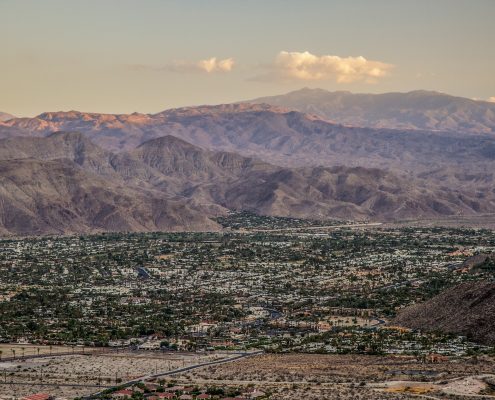
U.S. Appeals Court Affirms Tribal Groundwater Rights
Lawsuit could reach the U.S. Supreme Court.
By Brett Walton,…
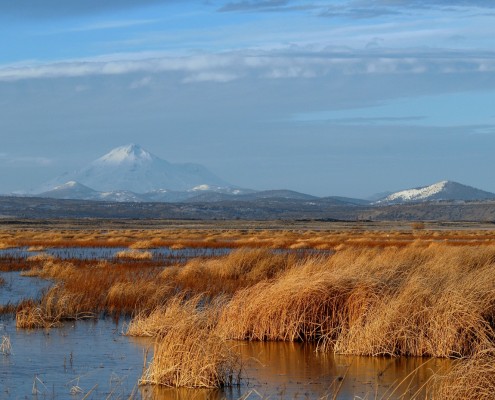
Landmark Klamath Basin Water Agreement Is on Verge of Collapse
Congress could allow year-end deadline for review and enactment…
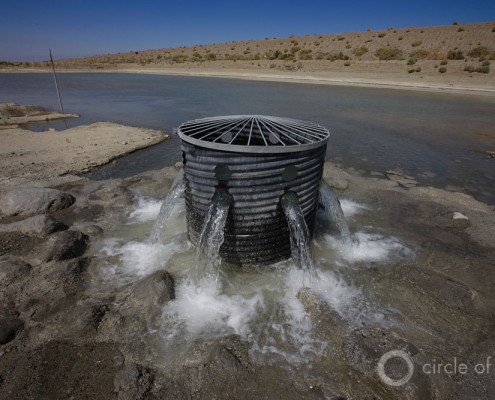
California Indian Tribe Pursues Rights to Groundwater
A court test of federal water law by the Agua Caliente Band of…
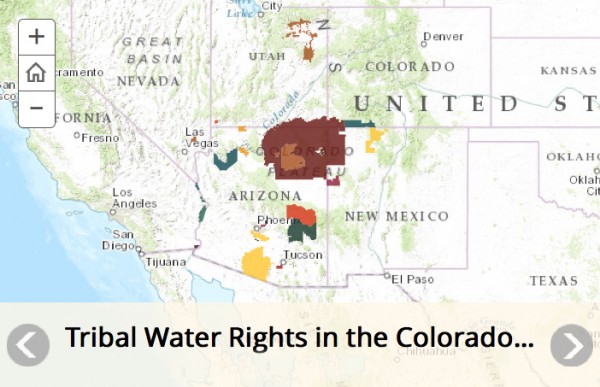
Interactive Map: Indian Water Rights in the Colorado River Basin
Native American tribes are emerging leaders in the drying basin.
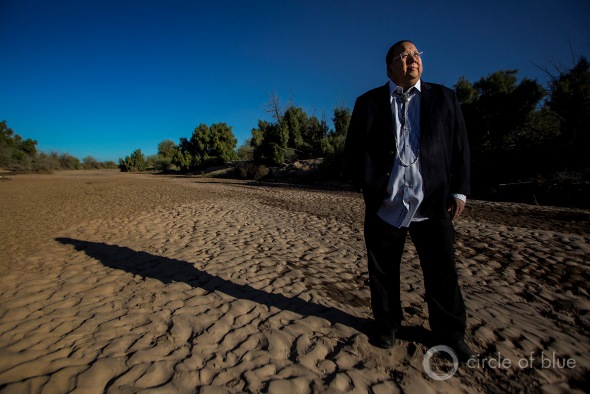
In Drying Colorado River Basin, Indian Tribes Are Water Dealmakers
Native Americans hold 20 percent of the basin's water rights. How they use their water will shape the future of the Southwest.
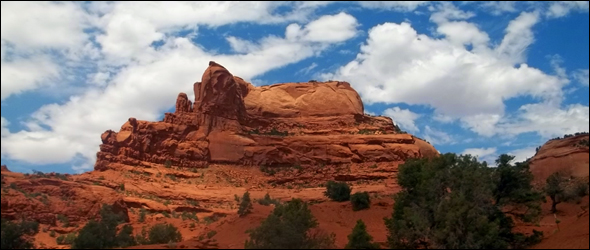
Racing an Arizona Senator’s Retirement, Dry Navajo Nation Draws Closer to Securing More Water
The largest reservation in the U.S. has one of the nation's highest poverty rates — more than 40 percent — and very little water infrastructure. Many residents pay nearly 50 times the municipal cost for water, which instead is delivered from a tank in the back of a truck, often resulting in water-borne intestinal illnesses.


